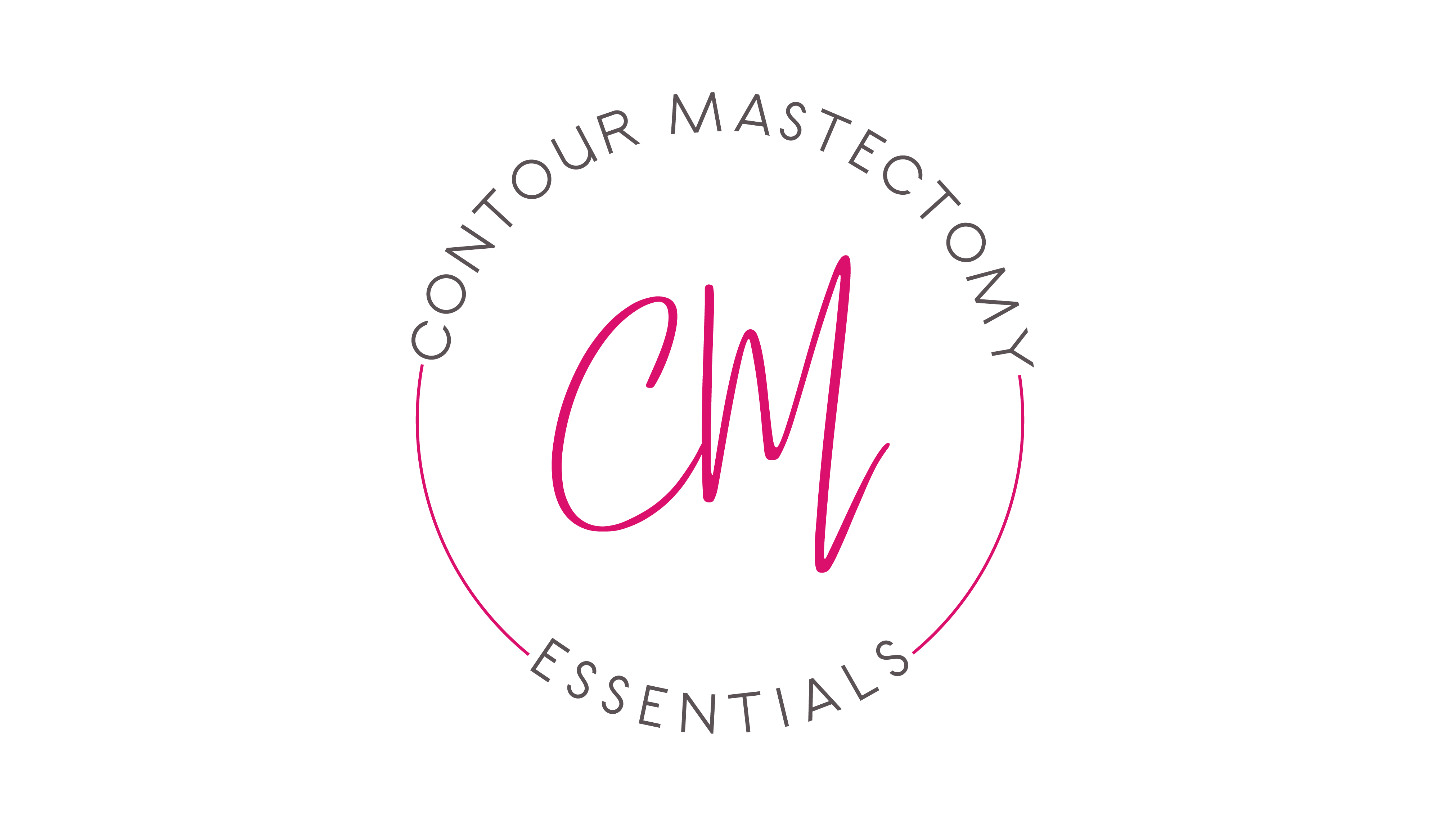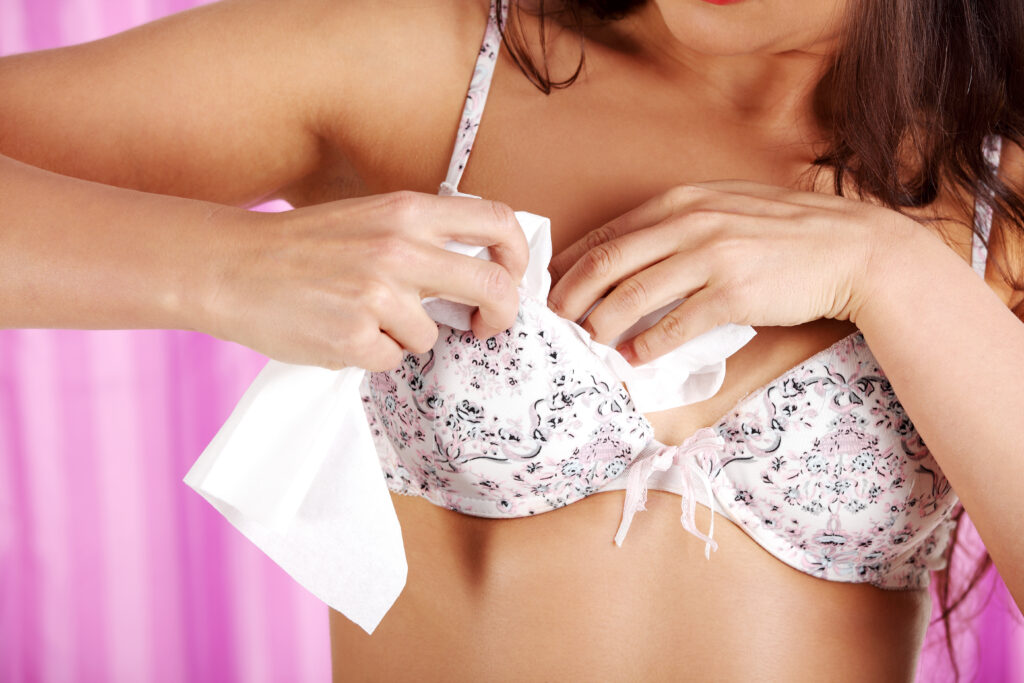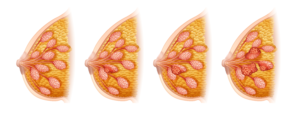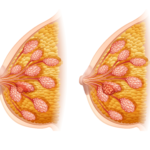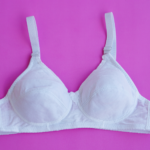What Is Breast Asymmetry?
Women with breast asymmetry have breasts that are different in shape, position, or size. The great majority of women have mild breast asymmetry. However, the significant Asymmetry may adversely affect the woman’s body image, self-esteem, and confidence.
In a 2015 study in the journal Breast Cancer: Basic and Clinical Research Trusted Source, researchers found a significant correlation between prominent differences in breast volume and the risk of breast cancer.
Researchers from the Emory University School of Medicine in Atlanta, GA, documented the dimensions of 87 women’s breasts. The researchers found that the left breast was bigger than the right in 62% of these women.
When it comes down to it, very few women have anything close to symmetrical breasts. The degree of Asymmetry will vary from person to person. Some people have one breast that is noticeably larger or smaller than the other. Other asymmetric breasts have minor differences that typically go unnoticed.
There is nothing wrong with breast asymmetry, but some women find uneven breasts to make this part of their life problematic. Finding clothes that fit well can be particularly challenging.
Breast Asymmetry Is Classified Into Three Types:
Anisomastia: a significant difference in the volume and size of the breasts.
Anisothelia: a difference between the nipples and areolas.
Combined Asymmetry: anisomastia and anisothelia.
Breast asymmetry is more of an aesthetic problem and does not cause problems even during breastfeeding. It is simply a difference in the percentage of fat or glands and is not a serious problem. Likewise, breast asymmetry is more common during puberty. But if not corrected, it can last for the rest of a woman’s life. The hormonal changes will not disrupt this difference in the breasts, and these will not disturb the woman’s life. If there are significant changes in your breasts during adulthood, it is important to consult your gynecologist for an examination because it could be another serious problem.
Correcting Breast Asymmetry
Breast asymmetry is quite common, affecting nearly half of all women. Aggressive cases of breast asymmetry are typically marked by one breast being a full cup size larger than the other. It is for these extreme cases that breast correction surgery may be necessary.
It is normal to notice slight differences in your breasts’ size and shape. However, for some women, Asymmetry can be more severe. Living with breasts that are proportionally mismatched or misshapen can be a source of embarrassment and self-consciousness.
Candidates for Breast Asymmetry Correction Surgery
In most cases, individuals who have reached adulthood and are in good health are good candidates. Women under 18 or whose bodies have not matured are not good candidates for this type of surgery.
How is Breast Asymmetry Treated?
Breast asymmetry correction surgery is a procedure that improves the differences between the two breasts if they are noticeable. Minor differences between breasts are normal, but if these differences are more significant than the size, shape, or position of one or both breasts can be changed to make the breasts more equal.
Depending on the number of breast characteristics, there are a few options – these include making the smaller breast bigger (breast augmentation), making the larger breast smaller (breast reduction), making both breasts bigger or smaller, or lifting a flaccid breast into a more normal position (breast lift).
Asymmetry Due to Breast Cancer Surgeries
A mastectomy (surgical removal of a breast) or lumpectomy (surgical removal of a tumor or cancer cells) for breast cancer treatment may leave a woman with significant changes to her breast size. Surgical reconstruction may not be possible or wanted, and some women use an external breast prosthesis.
Breast prostheses are only for women who’ve had a mastectomy, right? No, definitely…Not!
What are breast forms?
A breast form is a bust enhancement solution that allows you to supplement one or both breasts without cosmetic surgery. It’s also known as a breast prosthesis.
A prosthesis, or breast form, comes in various sizes and shapes, is made from different materials, and can vary in price and skin tones. They are available in asymmetrical (designed only for the left or right side) or symmetrical (designed for either side).
Breast forms are widely used by breast cancer survivors who choose to undergo a mastectomy (removal of one breast) or a double mastectomy (removal of both breasts).
What is a partial breast form?
If you have had breast-conserving surgery, you typically do not need a prosthesis. But in some cases, the surgeon needs to remove breast tissue, and the breast may look uneven. A partial prosthesis (shaper, shell, or equalizer) over the breast creates a fuller, smoother appearance for women with Asymmetry; a partial breast prosthesis works well for those with naturally uneven breasts.
A partial breast prosthesis or shaper accommodates:
- missing breast tissue
- enhances the remaining tissue, creating a perfect, symmetrical look.
- restores your balance
- fills in and perfects your outline and ensures a smooth, natural look
- molds to your breast tissue
A partial or shell prosthesis is manufactured from either fiberfill, foam, or silicone. It is usually worn over the remaining breast to make it a similar size as the other breast. It is inserted into a bra to balance the breast sizes.
An attachable prosthesis adheres directly to the chest wall with adhesive strips onto the body. A partial breast prosthesis can be worn with a regular or post-mastectomy bra and may come in full or partial breast sizes.
Different types of breast forms
Breast forms come in many styles and are determined by your needs.
Full form
A standard or full breast form is for anyone with minimal breast tissue. This includes those with all of their breast tissue removed or with a naturally flat chest. Full forms sit against the skin of the chest wall. They come in various backing options and can color-match your skin tone. If you plan to use a form to fill out both breasts, you can pick the size, shape, and color that best represents you.
Partial form
A shaped or partial form is for anyone who has had a part of their breast tissue removed or wants more padding on one side. Partials are manufactured from the same materials as a full breast form, but it is worn in a support garment, like a bra, instead of against the skin.
Shell form
Shell forms work best if your natural breast tissue is significantly asymmetrical. This form sits over the smaller breast like a cap on a tooth. The soft shell engulfs the smaller breast to give it the same volume as the other. Shell forms are worn with a bra.
Attachable form
Attachable forms can be full or partial and have multiple uses. These forms are a great option if you’re active or have an outfit that requires a less supportive bra. They stick directly to the skin with an adhesive backing and can stay in place during a vigorous gym session or dancing in a strapless dress.
Shapers for after-breast reconstruction
Some women who’ve undergone breast reconstruction find their breasts are more flat than round. A shaper provides fullness at the apex of the breast.
Challenges that partial shapers solve:
- Breast tissue is missing after breast-conserving surgery (lumpectomy).
- The breast has a smaller volume: Your affected breast could be smaller for several reasons.
- Breast sizes are temporary: In the middle of reconstruction with an expander in place that is not yet your desired size.
- Breast implants lack the curvature of a natural breast and can be rather flat at the front. As a result, your breasts might not be sitting correctly in the bra cup.
- Breasts became noticeably smaller over time due to skin and scar tissue changes.
- Some women who’ve undergone breast reconstruction find their breasts more oblate than round. A shaper provides fullness at the apex of the breast.
In general, silicone requires the most care and consideration. Users must hand wash silicone prostheses and avoid getting them wet or wearing them while swimming or in a hot tub. These conditions can cause the silicone to break down and become thinner and stickier.
Non-silicone models require less maintenance. A person can often wear them in a pool or hot tub. A person may also be able to wash them in a washing machine.
Maintenance and care vary based on the material used for the prosthesis.
A person should follow care instructions from their fitter, healthcare professional, or packaging instructions to ensure the product lasts as long as possible. The prosthesis should be washed daily in warm soapy water; then dried.
Prostheses often last between 2–5 years. After this time, they may need replacing. Manufacturers may offer warranties for their products.
Breast Form Material
Different materials are used to make breast prostheses. Some forms have “nipples,” and others are completely smooth. There are even forms available for active sports, including swimming. What you decide to get depends largely on your lifestyle and personal preferences.
Material:
The material of the prosthesis is either silicone or fiberfill/foam. There are various benefits to each of these types.
A silicone prosthesis may offer the following benefits:
- It weighs and is shaped like breast tissue.
- It moves similarly to a natural breast.
- It can be custom-made to match the other breast.
- It can help with posture and shoulder balance.
- One disadvantage is that the weight and material may be less than desirable when exercising, as silicone prostheses can feel heavy and get hot.
A fiberfill or foam prosthesis can offer the following benefits:
- It may be worn soon after mastectomy surgery.
- Lighter and cooler to wear than silicone.
- Less expensive than a silicone prosthesis.
- One disadvantage of a fiberfill or foam prosthesis is that it does not appear as naturally as a silicone prosthesis.
Breast forms can handle the job if you’re a breast cancer survivor or anyone looking to fill out a certain outfit. Items like swimsuits and athletic wear include breast form in apparel.
Breast forms come in different shapes, just like natural breasts. Common breast form shapes include:
Oval or triangular: These forms are symmetrical and can be worn on either side.
Teardrop: These forms are made for breasts that are fuller on the bottom with less breast tissue above the nipple. Teardrop forms can be worn on either side.
Asymmetrical: These forms fit under the arm or upper chest wall to fill in tissue that may have been removed during surgery. Asymmetrical shapes are designed specifically for the left or right side.
Custom: 3D technology can scan the chest wall and create a custom form that fits perfectly against your chest. Custom shapes are designed specifically for the left or right side.
What are breast forms made of?
Breast forms typically fall into three categories: silicone, leisure, and custom-made. Breast forms can be made from various materials and serve many purposes.
When deciding which forms are right for you, look over the ingredients or list of elements used to ensure they won’t interact with any known allergies.
Silicone forms
A silicone breast form is the traditional breast prosthesis. It’s usually weighted to simulate the feel of a natural breast. Weighted forms can help prevent unwanted changes in posture after breast removal. If only one breast form is needed, its weight can be matched to the remaining breast, aiding overall balance.
Silicone forms can be worn inside a special pocketed bra or directly against the skin with a contact adhesive. Some silicone forms are now specially designed with channels in the backing to improve breathability against the skin.
Although silicone forms can be worn underwater, there are forms specifically designed for swimming that are lighter and better suited for rigorous activity.
Leisure form
Leisure forms are any forms not made of silicone. Common leisure forms are made from:
- fiberfill
- polyester fiberfill
- foam
- beads
These forms are worn inside a bra. The selected material is encased in a cloth-like shell. It can be weighted or unweighted. The lighter material makes leisure forms cooler and more comfortable than traditional silicone forms. Each leisure form can easily be switched depending on the day’s activities. They even have waterproof leisure forms for swimming and other water activities.
Leisure forms are perfect if you have fresh scars from surgery. The adhesive backing found on other forms could irritate the delicate skin while healing. Leisure forms can help provide support and confidence until your surgical scars completely heal.
Summary
Partial prostheses come in all different shapes, sizes, colors, thicknesses, and materials to accurately “fill in” the voids in breast tissue. There is a solution for every type of breast imbalance. A partial or breast shaper might be all you need to obtain a symmetrical silhouette and balance.
REFERENCES
BeastCancer.Org
BuoyHearlth
Canadian Cancer Society
Healthline
MedicalNewsToday
VeryWellHeath
